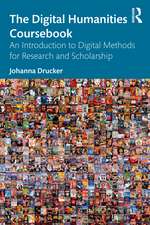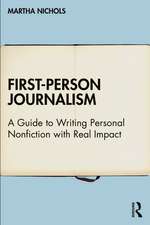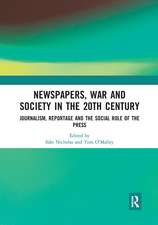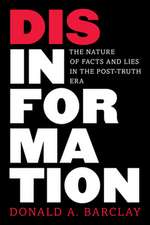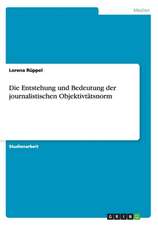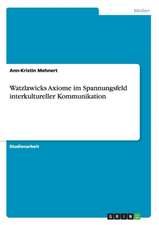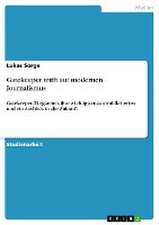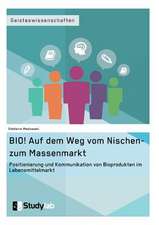Methods in Human-Animal Studies: Engaging With Animals Through the Social Sciences: Routledge Human-Animal Studies Series
Editat de Annalisa Colombino, Heide K. Bruckneren Limba Engleză Hardback – 7 iun 2023
| Toate formatele și edițiile | Preț | Express |
|---|---|---|
| Paperback (1) | 311.06 lei 22-36 zile | +21.40 lei 6-12 zile |
| Taylor & Francis – 28 noi 2024 | 311.06 lei 22-36 zile | +21.40 lei 6-12 zile |
| Hardback (1) | 1004.55 lei 43-57 zile | +25.07 lei 6-12 zile |
| Taylor & Francis – 7 iun 2023 | 1004.55 lei 43-57 zile | +25.07 lei 6-12 zile |
Din seria Routledge Human-Animal Studies Series
-
 Preț: 311.06 lei
Preț: 311.06 lei -
 Preț: 326.14 lei
Preț: 326.14 lei -
 Preț: 312.09 lei
Preț: 312.09 lei -
 Preț: 311.06 lei
Preț: 311.06 lei -
 Preț: 444.62 lei
Preț: 444.62 lei -
 Preț: 479.63 lei
Preț: 479.63 lei - 14%
 Preț: 312.43 lei
Preț: 312.43 lei -
 Preț: 416.22 lei
Preț: 416.22 lei -
 Preț: 416.22 lei
Preț: 416.22 lei -
 Preț: 382.27 lei
Preț: 382.27 lei -
 Preț: 389.66 lei
Preț: 389.66 lei -
 Preț: 384.59 lei
Preț: 384.59 lei -
 Preț: 389.66 lei
Preț: 389.66 lei -
 Preț: 380.25 lei
Preț: 380.25 lei -
 Preț: 381.51 lei
Preț: 381.51 lei - 18%
 Preț: 1000.76 lei
Preț: 1000.76 lei - 9%
 Preț: 937.50 lei
Preț: 937.50 lei
Preț: 1004.55 lei
Preț vechi: 1225.06 lei
-18% Nou
192.22€ • 201.20$ • 159.99£
Carte tipărită la comandă
Livrare economică 31 martie-14 aprilie
Livrare express 22-28 februarie pentru 35.06 lei
Specificații
ISBN-10: 1138497517
Pagini: 226
Ilustrații: 1 Line drawings, black and white; 11 Halftones, black and white; 12 Illustrations, black and white
Dimensiuni: 156 x 234 x 14 mm
Greutate: 0.5 kg
Ediția:1
Editura: Taylor & Francis
Colecția Routledge
Seria Routledge Human-Animal Studies Series
Locul publicării:Oxford, United Kingdom
Public țintă
Academic, Postgraduate, and UndergraduateCuprins
Chapter 1: Hidden in plain sight: how (and why) to attend to the animal in human-animal relations
PART I THEORISING
Chapter 2: Decentring humans in research methods: visibilising other animal realities
Chapter 3: Understanding human-animal relations from the perspective of work
Chapter 4: Re-thinking animal and human personhood: towards co-created narratives of affective, embodied, emplaced becomings of human and nonhuman life
PART II: COLLABORATING
Chapter 5: Two species ethnography: honey bees as a case study of an interdisciplinary "more-than-human" method
Chapter 6: Trekking a predator¿s journey: paths through the Greater Yellowstone Ecosystem
Chapter 7: How to do multispecies-ethnographies when exploring human-(wild) animal interactions: affect, multisensory communication and materiality
PART III: VISUALISING
Chapter 8: Shared sensory signs: mine detection rats and their handlers in Cambodia
Chapter 9: Doing multispecies ethnography with mobile video: exploring human-animal contact zones
Chapter 10: Getting visceral: body mapping the humanimalian
Notă biografică
Heide K. Bruckner is a researcher and lecturer currently working in the Department of Geography at the University of Graz, Austria. In her scholarship, she focuses on the promises and challenges of "alternative" food systems in the Global North and South. In particular, she is drawn to embodied, visceral geographies that capture the intersection of personal experience and more-than-human political ecologies. Her diverse research projects span the globe, from the United States and Latin America, to western Europe and the South Pacific.
Descriere
This timely book provides a methodological guide for how to conduct and theorise research in human-animal studies. In response to critiques of the anthropomorphic slant to human-animal research and the increasing political relevance of animals in contemporary environmental debates, this book emphasises methods which bring to light the animal side of multispecies encounters.
Drawing from the interdisciplinary strength of human-animal studies, this book contains contributions from practitioners and scholars working in sociology, anthropology, ethology and geography. Each chapter uses a case-study approach to present a theoretical framework and empirical application of cutting-edge methods in human-animal studies, from creative writing in multispecies ethnographies to visual methods like videography and body mapping. Organized in three parts – theorizing; collaborating; visualizing – the book equips readers with methodological tools to conduct human-animal studies research attentive to animal lives. Furthermore, chapters reflect on the opportunities, limitations and ethical considerations of research that seeks to understand our more-than-human worlds.
The book is aimed towards undergraduate and graduate students in human-animal studies and scholars investigating human-animal relations. It will also be of interest to practitioners and policy-makers who engage with conservation, wildlife management or the human-animal interface of urban and regional planning.

